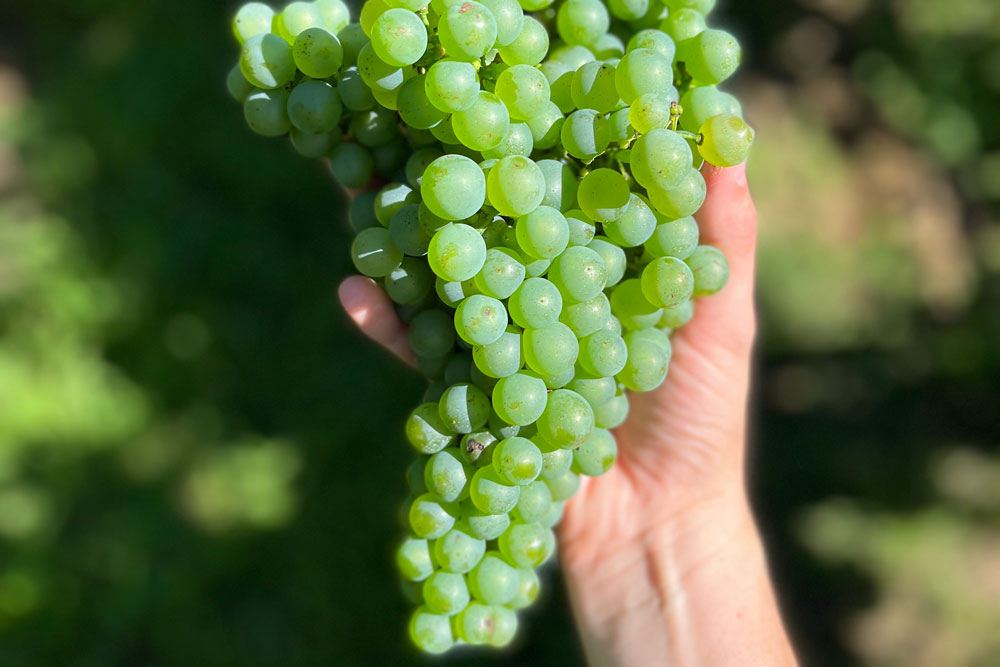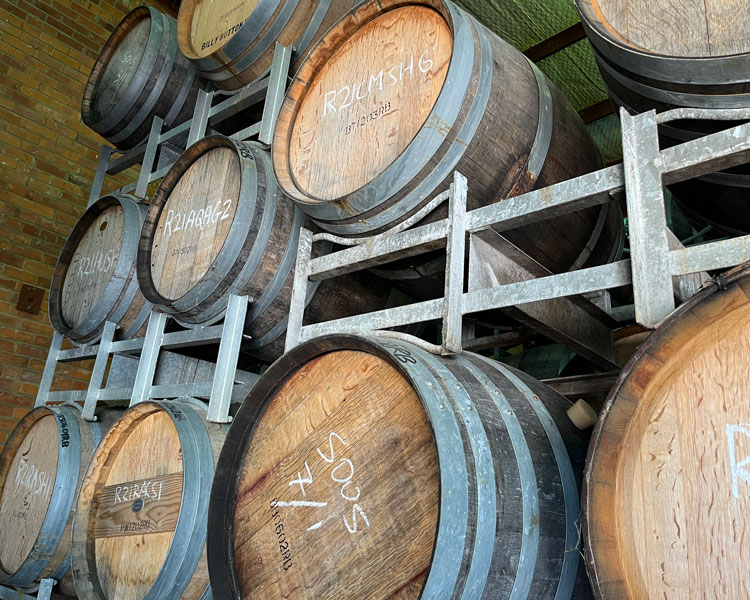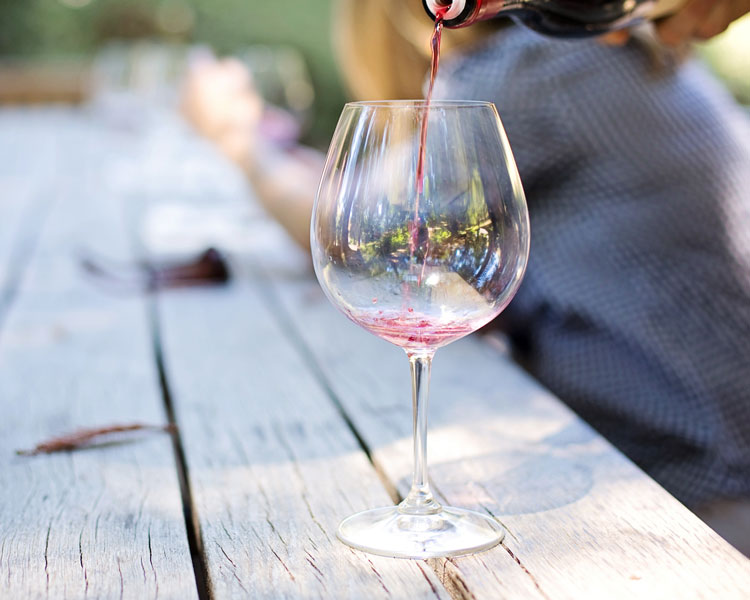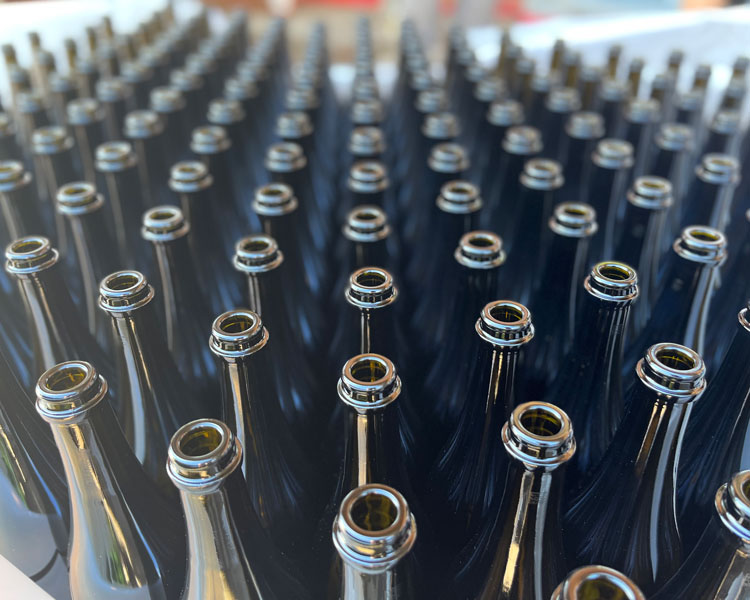Sugar Free Wine?
When it comes to appreciating a glass of wine, we often speak about how it smells and tastes, however when was the last time you thought about what goes into wine? Well, there’s grapes of course, providing the necessary sugars to convert into alcohol, but let’s have a look at just how much sugar ends up in the final product.
So, whether you’re following a keto or low-sugar diet, or are simply curious about the contents of your glass, find out more about the natural occurring sugar in your wine.
Where does sugar in wine come from?
One of the most common questions we are asked at our Billy Button cellar door is about sugar content. Happily, for those who are mindful of their sweet tooth, all wines are naturally low in sugar!
The sugar in wine comes from the grape itself (glucose, fructose and sucrose), which is ‘eaten’ by yeast during the fermentation process to create alcohol. If the yeast utilises all the sugar, the result is what we call a dry wine. Any leftover sugar, or undigestible sugar, is referred to as ‘residual sugar’ that the yeast couldn’t break down (often a very small amount). Depending on a wine’s style, the ferment can be stopped by the winemaker to keep some remaining sugar. This results in a sweeter wine with a lower alcohol content.
We should note here that it is illegal to add sugar, a process known as chaptalisation, to table wine in Australia. If a wine is sweetened, Grape Juice Concentrate is used – meaning wine is only sweetened using naturally derived grape sugars.

How much sugar is in wine?
To contextualise the amount of sugar in our wine, let’s have a look at a teaspoon of sugar. This is measured roughly as 4g, which is equivalent to approximately 4.0g of carbohydrates. Many wines that are marketed as ‘low in sugar’ contain less than 0.25 grams of sugar in a standard 150ml glass of wine.
Let’s break that down. 0.25 grams per 150ml = 1.66 grams per litre of residual sugar and at this sugar level, to consume one teaspoon of sugar you would need to drink over three bottles of wine!
Most wines bottled at Billy Button contain less than 1.5g/L of residual sugar, with the exception of some sparkling and sweet wines. In fact, most of our wines would come in at well under 0.15 grams of sugar in a 150ml glass of wine – that’s 1/26th of a teaspoon.
How much sugar is in wine compared to other beverages?
We’re glad you asked! Your non-wine drink of choice might have more sugar than you bargained for.
For example, the average can of cola contains 9 grams of sugar per 100ml, which means over 7.5 teaspoons of sugar if you treat yourself to a whole can.
Tonic water, for that sneaky G&T contains over 3 teaspoons of sugar per 150ml, with another popular choice, the humble orange juice, also containing 3 teaspoons of sugar per 150ml.
Alcohol wise, beer often contains no sugar; however, it has a higher carbohydrate content than wine. Cider can vary depending on the style and can range from 20g to 40g of sugar per serving. If you have a pint, it means you could be consuming up to 10 teaspoons of sugar.
How do I pick a wine that is lower in sugar?
As there is no legal requirement to label wine in Australia according to sweetness, we understand that it can be a little tricky for the consumer.
Here are a few pointers on selecting a wine that is going to have less residual sugar. Wine is naturally low in sugar, if you are selecting styles that don’t taste sweet and fall into the ‘Dry’, ‘Off Dry’ and even the ‘Medium Sweet’ categories comparatively to other beverages, the wine has a low sugar content.
Lower alcohol options such as Early Harvest styles and Moscato often have significantly more sugar than a dry wine and fall into the ‘Off Dry’ to ‘Medium Sweet’ brackets.
Dessert wines and fortified wines are designed to be sweet. Obviously, they have more sugar and will fall into the sweet bracket, often containing much more than 35g/L of sugar. We all deserve a treat sometimes though, right?
Whatever your choice, sweet or bone dry, there’s a Billy Button wine for every palate.
Want to know more about what’s in your wine




